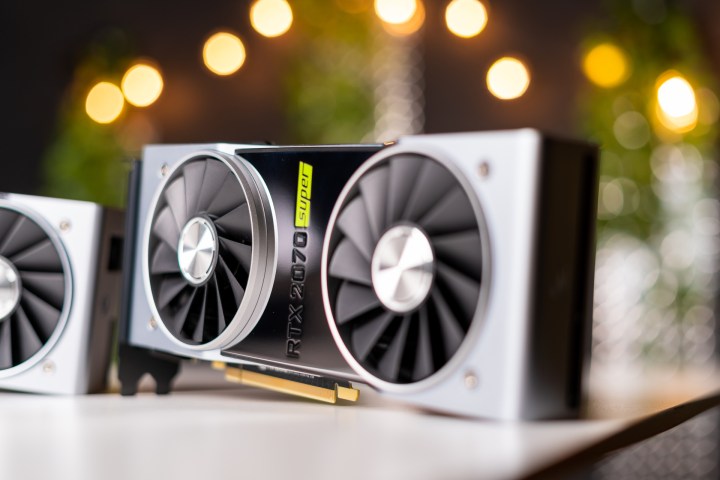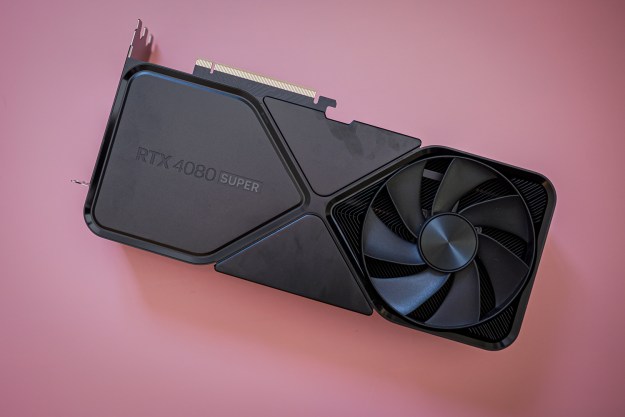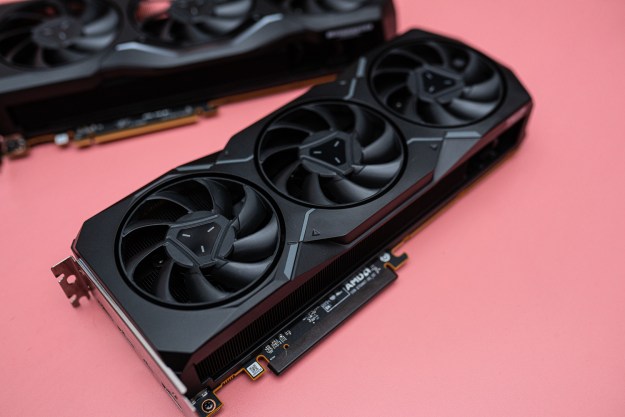Nvidia is once again planning the launch of Super versions of its graphics cards in an effort to thwart AMD’s Navi plans. Following the announcement of the RX 5500 and 5500 XT, leaks and rumors have appeared of a new pair of Nvidia’s Super graphics cards, this time bolstering the range of GTX 16-series GPUs. New benchmark results for a GTX 1660 Super have appeared online, suggesting the cards are getting very close to release.
Whether you believe AMD’s spin that it’s always been ready for Super and adjusted its RX 5700 pricing accordingly, is immaterial. The Super series is here and offers stiff competition to AMD’s best midrange cards. Any Super GTX cards would do much the same, even if they would be refreshing cards that are barely six months old. With expected release dates for both upcoming GTX Super cards just days and weeks away, it’s little surprise to see the GTX 1660 Super being tested with public benchmarks.
Specifications for Nvidia’s GTX 1660 first leaked out of JD.com in mid-October, with other sources confirming them and those of the GTX 1650 Super a few days later, via Videocardz.com. The 1660 Super features almost identical specifications to that of the standard 1660, but with faster memory (14Gbps versus 8Gbps), which leads to a 75% improvement in memory bandwidth.
The GTX 1650 Super has a much more overall uptick in specifications, with an increase to 1,280 CUDA cores (versus 896 on the non-Super 1650), increased base and boost clocks by 45 and 60MHz, respectively, as well as a RAM speed increase to 12Gbps from 8Gbps.

We don’t have any performance numbers on the GTX 1650 Super yet, but leaked benchmark results for the 1660 Super, via Hexus, show an improvement of nearly 20% in the Final Fantasy XV benchmark, closing the gap considerably with the GTX 1660 Ti. Considering suggested pricing has a full $50 between those two cards, Nvidia may need to shuffle around its product stack a little to not invalidate its own card in the process of this Super release.
But that’s the least of its worries because the release of new Nvidia GTX Super cards is, once again, a response to AMD’s impending Navi launch. Just as the RTX 2060 Super and 2070 Super were designed to outperform AMD’s RX 5700 and 5700 XT in the summer, the 1660 Super and 1650 are designed to combat the upcoming RX 5500 and 5500 XT. The question remains, though, how successful will such a plan be?
Those AMD cards were officially announced in early October and look set to replace AMD’s aging 500-series Polaris graphics cards. That’s a tall order, as those cards may be old, but they’re still fantastically competitive with Nvidia’s GTX 16-series GPUs, offering comparable, or better performance at a reduced price. Based on the same Navi RDNA architecture as the RX 5700, they will come with 38% fewer stream processors (1,408 vs 2,304), but a higher clock speed. The game clock on both is rated at 1,717MHz, while it may occasionally boost as high as 1,845MHz, thermal and power headroom depending.
The only difference between the 5500 and 5500 XT is memory and price. Where the former will have 4GB, the latter will have 8GB. AMD has said that manufacturers will be able to set their own pricing on these cards, but WCCFTech speculates that they could be as low as $130 and $150, respectively. That seems optimistic, especially considering the Nvidia competition will be just above and below the $200 mark.
Release dates for AMD’s cards have yet to be announced, but with Nvidia’s slated to debut on October 29 (1660 Super) and November 22 (1650 Super) we would be surprised if AMD’s cards didn’t make their debut in the coming weeks.
Editors' Recommendations
- Nvidia RTX 50-series graphics cards: news, release date, price, and more
- You shouldn’t buy these Nvidia GPUs right now
- Nvidia is the ‘GPU cartel,’ says former AMD Radeon manager
- The best GPUs if you’re upgrading from a GTX 1650
- AMD has a lot to prove this year





